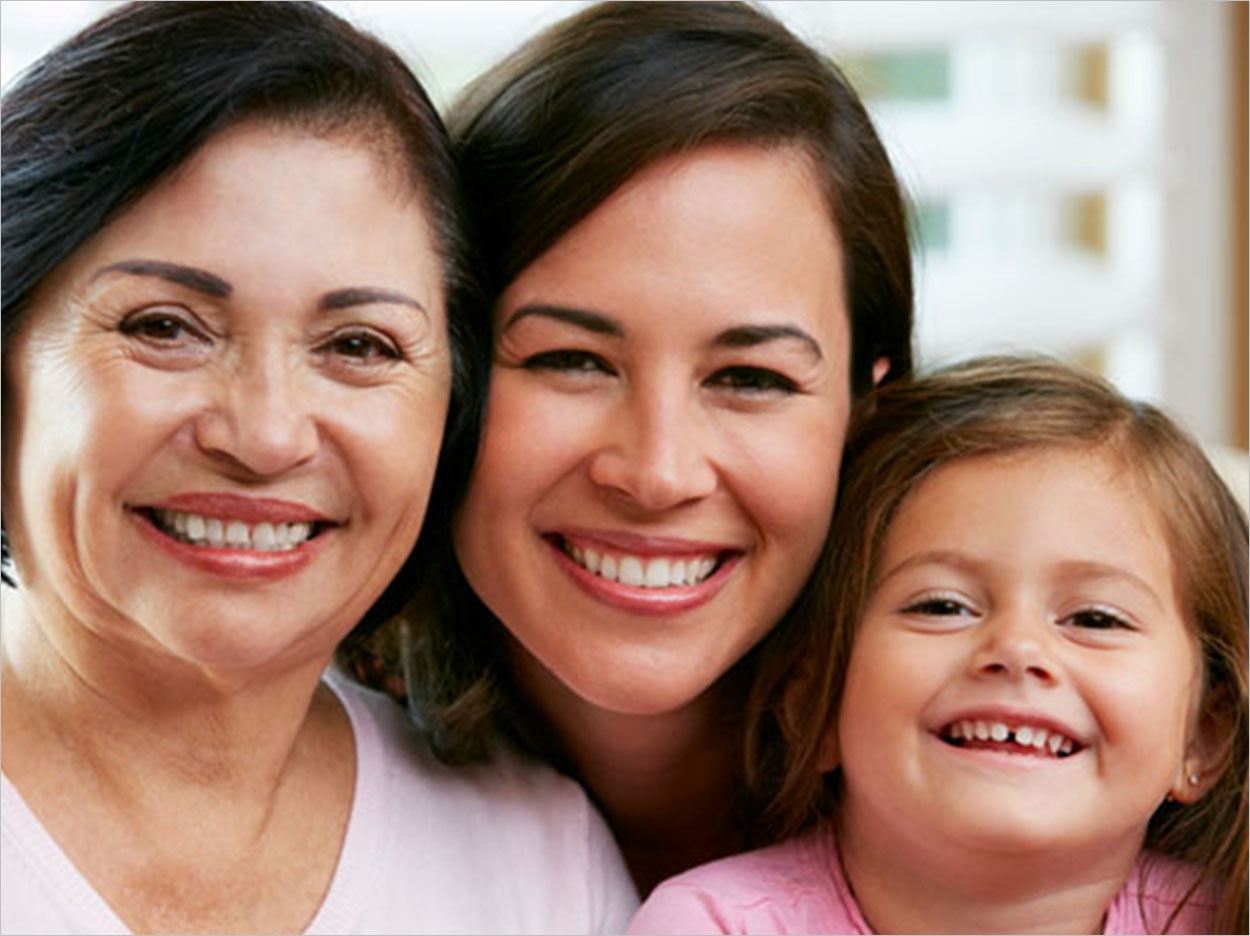
While dentists play a key role in encouraging oral health, friends and family can be influential too, according to Brenda Heaton, PhD, MPH, an assistant professor of health policy and health services research at Boston University’s Henry M. Goldman School of Dental Medicine. She and her colleagues at the university’s Center for Research to Evaluate & Eliminate Dental Disparities have been investigating oral health and disease among residents of Boston’s public housing.
Most of their work has focused on whether or not “motivational interviewing” can influence how women care for their children’s diet and oral health—specifically, their impact on kids with dental caries. Mounting evidence suggests that one-on-one behavioral interventions, like motivational interviewing, may change short-term behavior, but their effects don’t last long.
“We started to get a sense that there may be more influences that we need to acknowledge beyond just the individual,” said Heaton, who also found that social networks—not Facebook and Twitter but networks of friends, family, and acquaintances—may play an overlooked role in oral healthcare.
Some of the women who were interviewed had been born and raised in the family unit they were living in and were now raising their own children in that unit, meaning grandmothers, mothers, and children all living together. Those close connections influenced how people behaved, Heaton said, and the researcher had to tap into those networks herself to make significant progress against diseases like tooth decay.
That is not easy, but it is important, said Thomas Valente, PhD, a professor of preventive medicine at the University of Southern California and an expert in social networks in healthcare. People believe information more when it comes from someone they know or respect, and evidence indicates that people are more willing to trust people who are like them, Valente said. All too often, he added, health information is handed to a community by people on the outside, and it is less impactful.
“It’s like West Side Story,” said Valente, who was not involved in Heaton’s study. “It’s like being a Shark and having a Jet come up to you and tell you to do something. It is just not going to happen.”
Heaton wants to spread resources about good oral health, not only to combat tooth decay but also because oral health in intertwined with other health concerns. For example, she is interested in sugar-sweetened beverage consumption not just because it is a risk factor in oral health outcomes but also because it can lead to obesity and obesity-related health conditions.
To understand the connections that existed in the community, the researchers needed to draw a social map. Since 2008, they have interviewed close to 200 women living in Boston public housing and have identified nearly 1,000 influential individuals. Heaton is using those network maps to find similarities about how information flows through these communities. The ultimate goal is to use the map to introduce health information and resources into a community in ways that change long-term behaviors.
“You can’t design those interventions until you actually have a really strong grasp of the network structure,” said Heaton.
For instance, she said, if you want to make an impact, should you look for community members with the most personal connections or for people with large influence but with fewer personal ties? Or, should you take advantage of existing connections or seed new ones? The power of this approach, Heaton said, is that it focuses on prevention rather than cures since tooth decay is entirely preventable.
Related Articles
Researchers Tap Social Networks to Improve Oral Health
Outreach Program Aims to Improve Oral Health in the Bronx
Asian-Americans Face Barriers in Oral Healthcare


